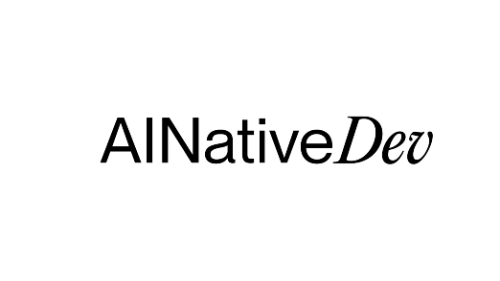174 reads
Developers Test Rulebook-AI as a Common Rule Set for Copilot, Cursor, and More
by
September 19th, 2025
Audio Presented by

Your source for the latest in AI Native Development — news, insights, and real-world developer experiences.
About Author
Your source for the latest in AI Native Development — news, insights, and real-world developer experiences.